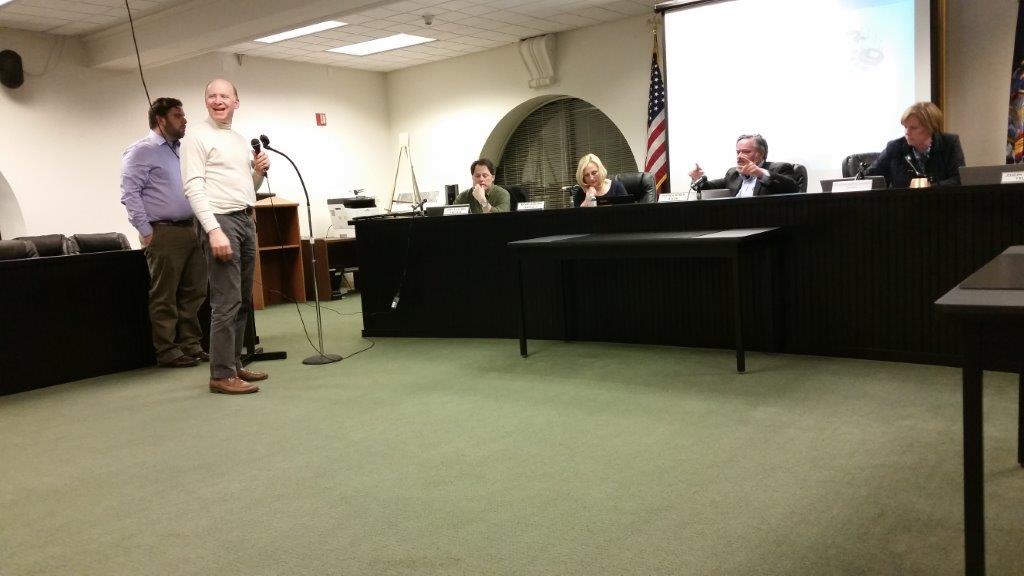Hundreds of Putnam Students Refuse State Tests As District Officials Fret Over Fallout
Controversial New York State testing took a major hit last week as parents opted their child or children out in droves from taking the standardized ELA tests that lasted three days.
In a statewide movement to protest the testing, school systems in Putnam County saw a high number of students grades 3-8 sit out from the tests that took place from April 14 to April 16. As students sat out, administrators and school board members’ anxiety rose over whether schools that don’t have at least a 95 percent participation rate could risk losing federal or state aid. Three days of math exams are scheduled for this week.
The Mahopac school district had the highest percentage of opt-outs at about 50 percent overall. In the Putnam Valley school system, 268 total students or 34 percent opted out. The Carmel school district had 692 students refuse, or 35 percent of grades eligible for the tests. Within the Brewster school system, roughly 70 percent of middle school students opted-out and 25 percent of elementary student refused. The Garrison school district saw 24 students sit out equaling 16 percent of students eligible to take the exams and the Haldane school district has the lowest percentage of students refuse, where the elementary and middle school saw a combined 15 percent not take the test which is 59 students overall.
Over the course of his longtime public education career Mahopac Superintendent of Schools Dr. Brian Monahan said he couldn’t recall “anything as specific and dramatic” as the massive test refusals that occurred last week.
Brewster Board of Education president Dr. Stephen Jambor said while he legally can’t actively support state test refusals, he certainly understands why parents are making that decision. Jambor believes parents are trying to convey to the state that it is time to halt the level of testing and start rethinking education in New York.
“The opting out is a wake up call,” Jambor said.
While the civil disobedience has gotten plenty of attention, Jambor said the bigger question looming is what will happen next. District officials are feeling apprehension across the state over whether their district could lose funding from the federal or state government for having a low participation rate.
“It’s a concern, but I do not believe it’s going to happen,” Monahan said. “But it doesn’t mean that we’re not concerned about it. In some ways it seems unfair. We were following all the rules here. What happened here isn’t something the district did.”
Carmel Deputy Superintendent Andy Irvin said from the research he’s
done, he doesn’t see anything where the state could withhold funds from schools because of a low participation rate. The potential to lose federal funding is not as clear, Irvin noted.
If a district’s participation rate is lower than 95 percent for two straight years, then that district could be designated as a school in need of improvement. Once a district is identified as that, there is a rigorous and labor-intensive process that includes losing some of the Title I funds federally given because a part of those funds have to be spent in efforts for an improvement plan.
“How can you improve it? We’re not actually improving an area of weaknesses, it’s a test refusal,” Irvin said. “And so to have to do any of that would be again taking us off task from what we’re supposed to, which is to educate children.”
Because most grades 3-8 in Carmel didn’t hit the 95 percent mark last year and won’t hit that mark this year, Irvin said Carmel school officials would have to wait to see what the fallout could be.
“Because unless something changes significantly, this is not going to get any better,” Irvin said.

